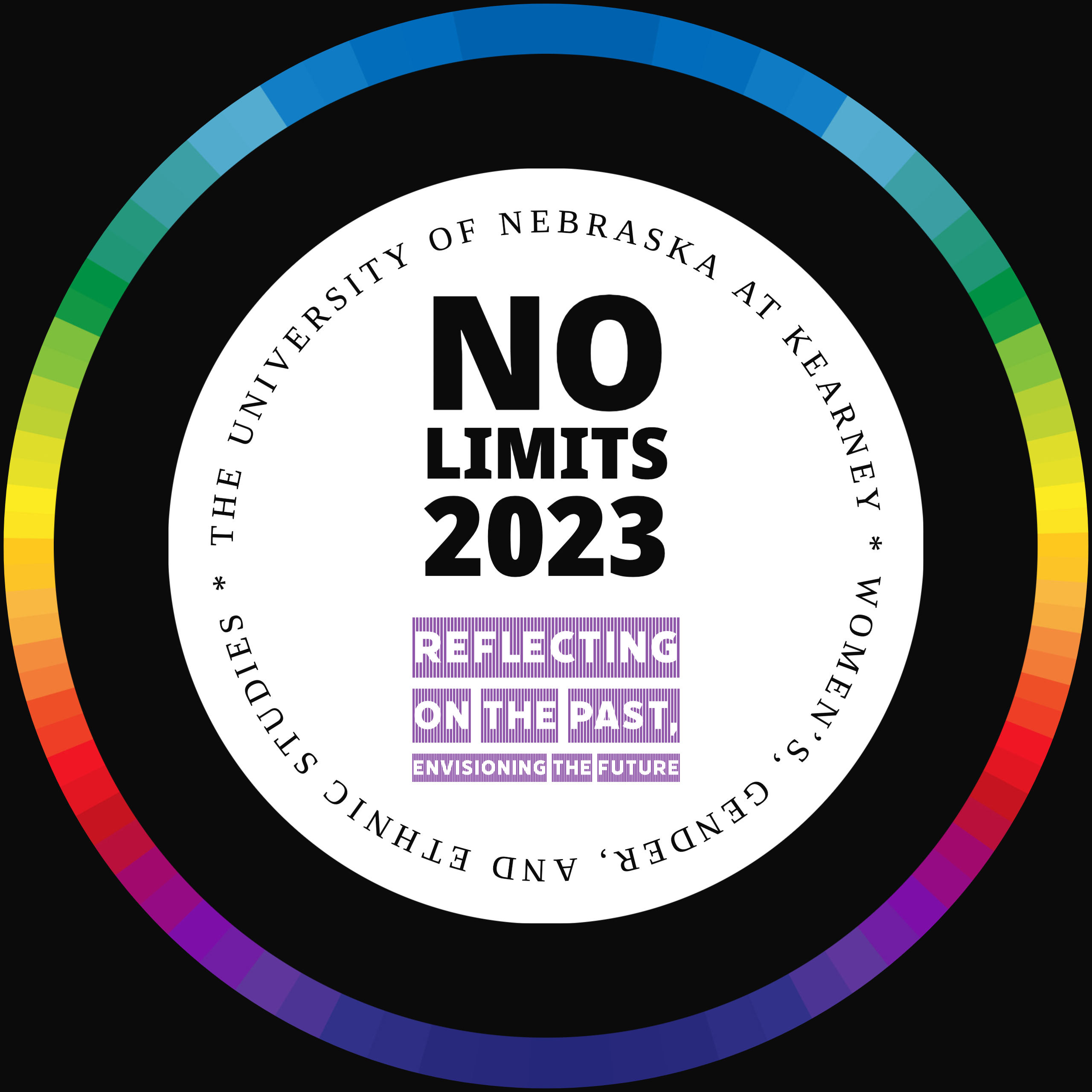‘A Time for Burning’: How the Killing of Vivian Strong Turned the World’s Eyes Toward Omaha
Location
Ponderosa Room D
Presentation Type
Presentation
Presentation Topic
Nebraska history
Start Date
3-3-2023 2:30 PM
Event Sort Order
42
Abstract
Omaha’s history has been consumed in national memory by the monuments of Gerald Ford’s birthplace, Union Pacific’s Kenefick Park, and the Lewis and Clark trails, but this hasn’t always been the case. On June 24th, 1969, around ten at night, Vivian Strong was shot dead in the street by officer James Loder after being found dancing with friends in a vacant apartment building in the Near North Side neighborhood of Omaha, Nebraska. The reaction from the citizens of Omaha were immediate and drastic. A fire broke out consuming six blocks of businesses in retaliation to the low bond and reduced charge brought against the officer. During and after that week, media surrounding Omaha was dominated by concerns and comment on the activity of the Black Panther Party and other Black Civil Rights and Liberation groups in the city blamed for the unrest. This paper argues that Omaha marked its own distinct history within the Civil Rights movement of the 1960s that is exemplified in the reactions of the killing of Vivian Strong from local to international levels. The fire and protests in response to Vivian’s murder created a cultural and political shift in the city of Omaha. This period is marked by the destruction and relocation of local businesses, the renewed focus on the Black Panther and race relations by local officials, and the art and memorial dedicated to the memory of Vivian Strong. This paper uses various testimonies and statements to represent the diverse opinions from the citizens of Omaha from the Mayor Eugene Leahy, to affected business owners like Dan Goodwin, and future (now past) state senator Ernie Chambers.The flames that consumed that stretch of North 24th Street could not consume the memory and consequences of that summer. Omaha within the national context of the civil rights movement and events of the 1960s feels more like a reverberation compared to cities like Oakland or Chicago. The exhumation of the events and consequence of Vivian Strong’s death within this paper will hopefully revive the pulse of remembrance of Omaha’s vibrant and deep context within Black American history.
‘A Time for Burning’: How the Killing of Vivian Strong Turned the World’s Eyes Toward Omaha
Ponderosa Room D
Omaha’s history has been consumed in national memory by the monuments of Gerald Ford’s birthplace, Union Pacific’s Kenefick Park, and the Lewis and Clark trails, but this hasn’t always been the case. On June 24th, 1969, around ten at night, Vivian Strong was shot dead in the street by officer James Loder after being found dancing with friends in a vacant apartment building in the Near North Side neighborhood of Omaha, Nebraska. The reaction from the citizens of Omaha were immediate and drastic. A fire broke out consuming six blocks of businesses in retaliation to the low bond and reduced charge brought against the officer. During and after that week, media surrounding Omaha was dominated by concerns and comment on the activity of the Black Panther Party and other Black Civil Rights and Liberation groups in the city blamed for the unrest. This paper argues that Omaha marked its own distinct history within the Civil Rights movement of the 1960s that is exemplified in the reactions of the killing of Vivian Strong from local to international levels. The fire and protests in response to Vivian’s murder created a cultural and political shift in the city of Omaha. This period is marked by the destruction and relocation of local businesses, the renewed focus on the Black Panther and race relations by local officials, and the art and memorial dedicated to the memory of Vivian Strong. This paper uses various testimonies and statements to represent the diverse opinions from the citizens of Omaha from the Mayor Eugene Leahy, to affected business owners like Dan Goodwin, and future (now past) state senator Ernie Chambers.The flames that consumed that stretch of North 24th Street could not consume the memory and consequences of that summer. Omaha within the national context of the civil rights movement and events of the 1960s feels more like a reverberation compared to cities like Oakland or Chicago. The exhumation of the events and consequence of Vivian Strong’s death within this paper will hopefully revive the pulse of remembrance of Omaha’s vibrant and deep context within Black American history.






Presenter Bio
Kailyn Gray is a junior studying English and History at the University of Nebraska-Lincoln. She is proudly the daughter of a first generation college student and single parent. Because of this, her earliest memories are of being quizzed on historical movements and law jargon definitions on the way to her mom’s 8am classes. She has been lucky enough to wear the hats of being a Head Script Writer for the FYE Podcast at the University of Connecticut and Public Relations Officer for the Future Educators Club. After graduating from UNL Kailyn plans to pursue a PhD and research, re-emerge, and present queer and disabled figures in Black-American movements that often go underrepresented. In between classes and foraging the archives under Love Library she can be found playing unending rounds of Candy Crush. As of writing this she is on level 5837.